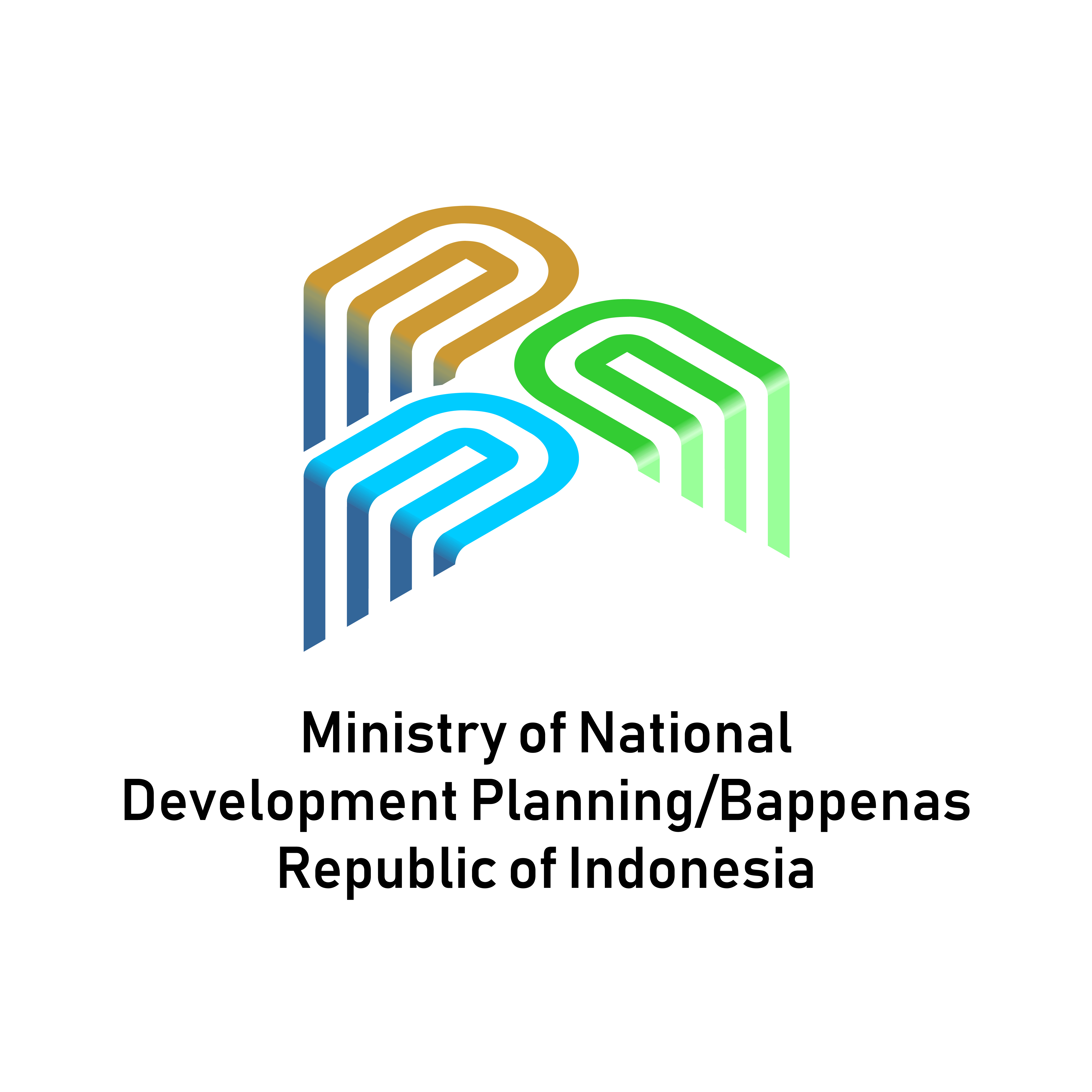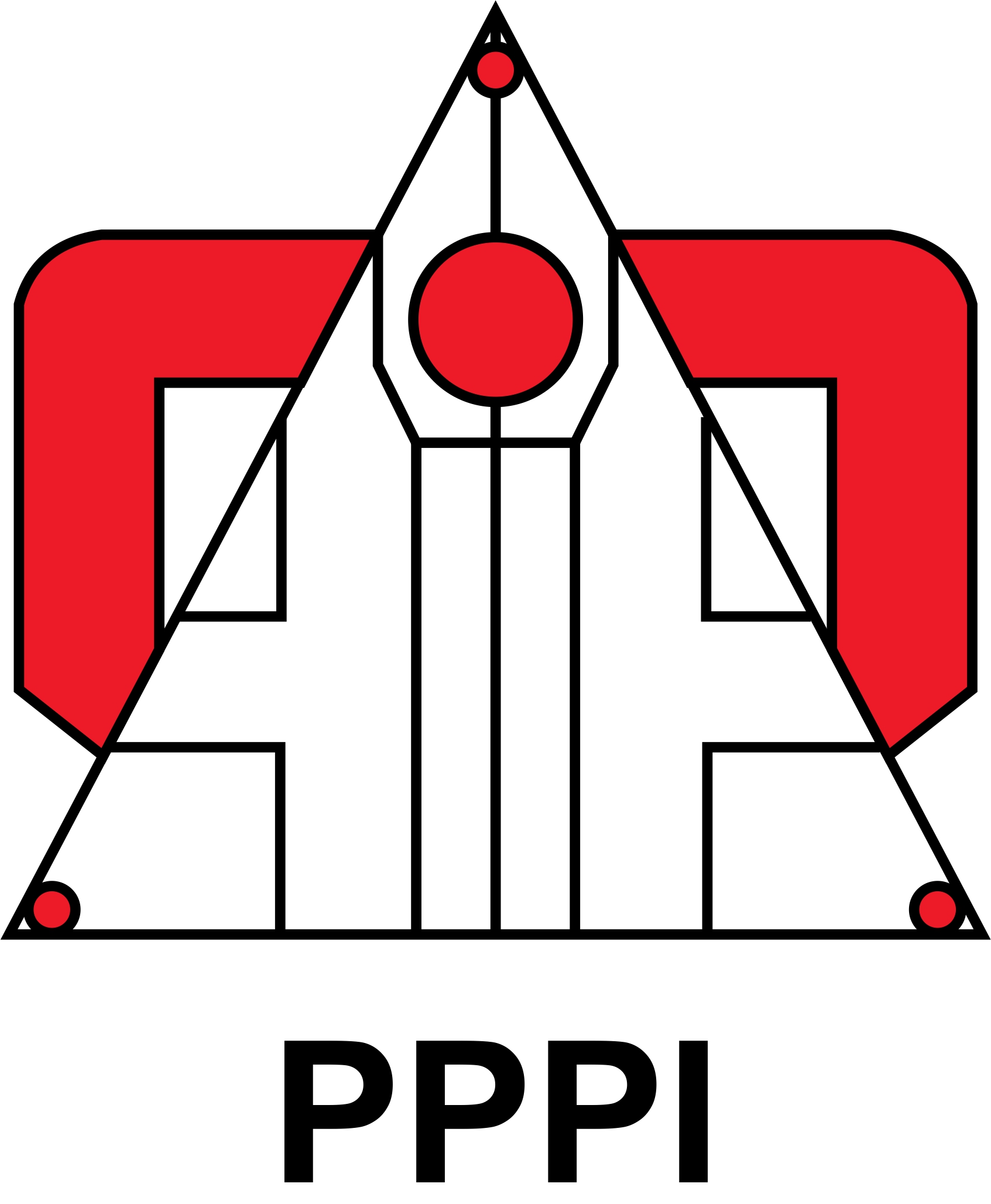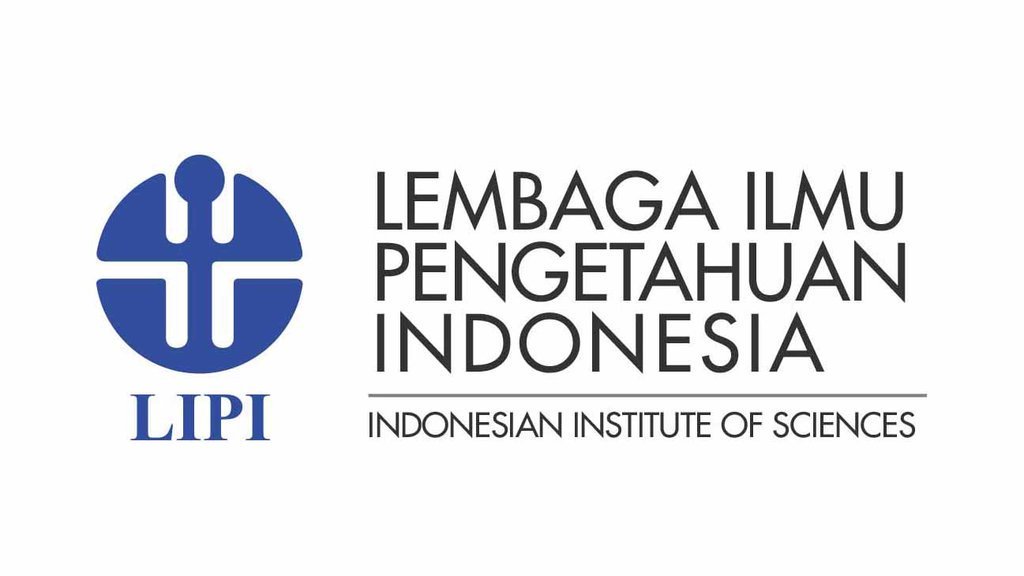The Measuring the Efficiency and Productivity of Regional Water Utility Company (PDAM) in Indonesia from 2012 to 2016
DOI:
https://doi.org/10.36574/jpp.v6i1.278Keywords:
regional water utilities, data envelopment analysis, Malmquist index, IndonesiaAbstract
Sufficiently clean water is accessible in Indonesia, where municipally-owned cooperation (BUMD) handles the management of the PDAM. It allows local governments authority over water management in their administrative districts. This organization is responsible for maintaining the region's water supply while earning income from water business operations. However, this effort is not deemed effective since having many PDAMs results in inadequate water quality, low water distribution, and even financial losses. However, the assumption lacks factual evidence as they are not assessed alongside the government audit. To analyze the inefficiencies of water supply services and the productivity growth of PDAMs from 2012 to 2016, this research proposes to use a non-parametric technique, namely data envelopment analysis (DEA) and Malmquist Index Calculation, respectively. The research findings reveal significant inefficiencies among PDAM from various regions in Indonesia. It was found that PDAMs outside Java performed better than those in Java; thus, PDAMs need policy intervention. The operations of larger municipal PDAMs should be restructured to increase productivity. There was no TFP growth (TFPCH) in PDAMs, evidenced by the reduction in pure technical (TECH) and scale efficiency change (SECH). In addition, the positive technological adjustment (TECCH) did not significantly improve efficiency. Regarding the increase in the number of PDAMs resulting from technological improvement, productivity was primarily due to technological advancement.
Downloads
References
Banker, R., Charnes, A., & Cooper, W. (1984). Some models for estimating technical and scale inefficiencies in data envelopment analysis. Management Science, 30, 1078-1092.
Boussofiane, A., Dyson, R., & Thanassoulis, E. (1991). Applied Data Envelopment Analysis. EJOR, 52(1), 1-15.
Bowlin, W. F. (1998). Measuring Performance: An Introduction to Data Envelopment Analysis (DEA). The Journal of Cost Analysis, 15(2), 3-27.
Caesaria, S. D. (2021). Pakar UGM: Jawa, Bali dan Nusa Tenggara Mulai Krisis Air. Kompas.com. https://edukasi.kompas.com/read/2021/03/26/205058171/pakarugm-jawa-bali-dan-nusa-tenggara-mulai-krisis-air?page=all
Charnes, A., Cooper, W., & Rhode, E. (1978). Measuring the efficiency of decision. European Journal of Operational Research, 2, 429-444.
Chen, T. (1997). An Evaluation of the Relative Performance of University Libraries in Taipei. Library Review, 46(3), 190-201.
Coelli, P. R. (2005). An introduction to efficiency and productivity analysis. 2nd edition. Boston: Kluwer Academic Publishers.
Cooper, W. W., Seiford, L. M., & Tone, K. (2006). Introduction to Data Envelopment Analysis and Its Uses. United States: Springer US.
Cooper, W. W., Seiford, L. M., & Zhu, J. (2011). Handbook on Data Envelopment Analysis. United States: Springer US.
Davis, M. (2012). Integrated Water Resource Management in Chile: To Be or Not To Be. World Water and Enviromental Resources.
Fare, R., Grosskopf, S., Norris, M., & Zhang, Z. (1994). Productivity Growth, Technical Progress, and Efficiency Change in Industrialized Countries. American Economic Review, 84, 66-83.
Food and Agriculture Organization of United. (2003). Review of Wolrd Water Resources by Country. Rome: Food and Agriculture Organization of United Nations.
Guerrini, A., Romano, G., Leardini, C., & Martini, M. (2015). Measuring the efficiency of wastewater services through Data Envelopment Analysis. Water Science And Technology, 71, 1845-1851.
Huguenin, J.-M. (2012). Data Envelopment Analysis (DEA). Lausanne: Institut de hautes études en administration publique.
Ika, S. (2013). Waspada Krisis Air. Jakarta: Info Risiko Fiskal, III,.
Ji, Y.-b., & Lee, C. (2010). Data Envelopment Analysis. The Stata Journal Number, 2, 267-280.
Kataoka, M. (2019). Interprovincial differences in labour force distribution and utilization based on educational attainment in Indonesia, 2002–2015. Regional Scince Policy and Practice.
Kataoka, M. (2020). Total factor productivity change in Indonesia’s provincial economies for 1990–2015: Malmquist productivity index approach. Letters in Spatial and Resource Science.
Kelompok Kerja Air Minum dan Penyehatan Lingkungan (Drinking Water and Environmental Sanitation Working Group). (2015). Isu-Isu Strategis & Permasalahan (Strategic Issues & Problems). http://www.ampl.or.id/digilib/read/isu-isu-strategispermasalahan/4998
Kulshresthaa, M., & Vishwakarma, A. (2013). Efficiency evaluation of urban water supply services in an Indian state. Water Policy, 15, 134-152.
Lee, C.-C. (2009). Analysis of overall technical efficiency, pure technical efficiency and scale efficiency in the medium-sized audit firms. Expert Systems with Applications, 36, 11156–11171.
Molinos-Senante, M., Maziotis, A., & Sala-Garrido, R. (2015). Assessing the relative efficiency of water companies in the English and welsh water industry: a metafrontier approach. Environ Sci Pollut Res, 22, 16987-16996.
OECD, Better Policies for Better Lives. (2017). Diffuse Pollution, Degraded Waters,: Emerging Policy Solutions. Better Policies for Better Lives.
Ondrej, M., & Jiri, H. (2012). Total Factor Productivity Approach in Competitive and Regulated World. International Conference on Asia Pacific Business Innovation and Technology Management (pp. 223-230). Prague: Elsevier Ltd. Selection.
Pra/S-25. (2019). Pemerintah Optimistis Layanan Air Bersih 100% Terwujud 2019. Media Indonesia. https://mediaindonesia.com/read/detail/199056-pemerintahoptimistis-layanan-air-bersih-100-terwujud-2019
Rödder, W., Kleine, A., & Dellnit, A. (2018). Scaling production and improving efficiency in DEA: an interactive approach. Journal of Industrial Engineering International, 501-510.
Scholastica Gerintya. (2018). Periksa Data: Bagaimana mutu dan Akses Air Bersih di Indonesia. Tirto.id. https://tirto.id/bagaimana-mutu-dan-akses-air-bersih-di-indonesiacGrk
United Nations Development Program. (2016). NDP Support to the Impelemtation of Sustainable Development Goal 6. New York: United Nations Development Programme.
Vivanews. (2019). Mendagri: 70 Persen PDAM di Seluruh Indonesia Rugi (Minister of Home Affairs: 70 % of PDAMs in Indonesia Lose). VivaNews.com. https://www.vivanews.com/berita/nasional/3993-mendagri-70- persen-pdam-di-seluruh-indonesia-rugi?medium=autonext
Wang, Q. W. (2017). Temporal change of relative efficiency of water resource use and influencing factors in Jiangsu Province. College of Resources and Environmental Science,Nanjing Agricultural University.
Wang, S., Qui, S., Ge, S., Liu, J., & Peng, Z. (2018). Benchmarking Toronto wastewater treatment plants using DEA window and Tobit regression analysis with a dynamic efficiency perspective. Environmental Science and Pollution Research.
Wang, Y.-J., Bai, Y.-F., Zeng, S.-Q., Yao, B., Wang, W., & Lu, F.-L. (2016). Heterogeneous water supply affects growth and benefits of clonal integration between co-existing invasive and native Hydrocotyle species. Scientific Reports.
Yang, Y. (2021). Evaluation of China’s water-resource utilization efficiency based on a DEA-Tobit two-stage model. Water Supply
Downloads
Published
How to Cite
Issue
Section
License
This is an open-access article distributed under the terms of the Creative Commons Attribution-NonCommercial-ShareAlike 4.0 International License. Copyright © Kementerian PPN/Bappenas RI


















